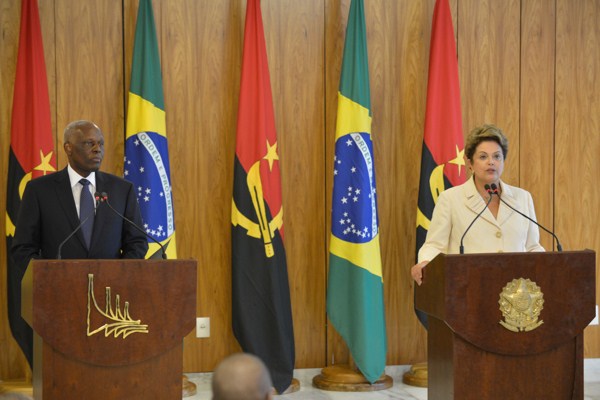Relations between Africa and Latin America, which stem predominantly from the post-Cold War period, are incipient but growing, and 2014 saw important developments between the two regions in areas such as trade, diplomatic relations and health cooperation. Their engagement reflects each region’s growing integration into the global economy, rather than a specific prioritization of Latin America-Africa relations. Nevertheless, four key countries—Brazil, Mexico, Cuba and South Africa—have played a leading role in strengthening relations and cooperation.
On the economic front, trade between South American and African countries grew 75 percent between 2005 and 2012, reaching $39 billion in 2012. Though the global recession slowed this growth, countries in both regions remain optimistic about advancing trade ties. In October 2014, Mexico and South Africa signed a series of economic agreements, while Peru announced plans to bolster economic engagement with African countries. Several free trade agreements are already in place, including an agreement between MERCOSUR and the South African Customs Union, which includes Botswana, Lesotho, Namibia, South Africa and Swaziland.
Despite the growth in these economic ties, however, Latin American and African countries, with some notable exceptions, remain oriented toward countries in the global North, and trade with each other constitutes only a small percentage of overall trade. For example, Latin American and Caribbean exports to Africa were valued at $22.7 billion in 2013 out of a total of $1.01 trillion (2.2 percent), and African exports to Latin America and the Caribbean were $21.8 billion out of a total of $600 billion (3.6 percent).

